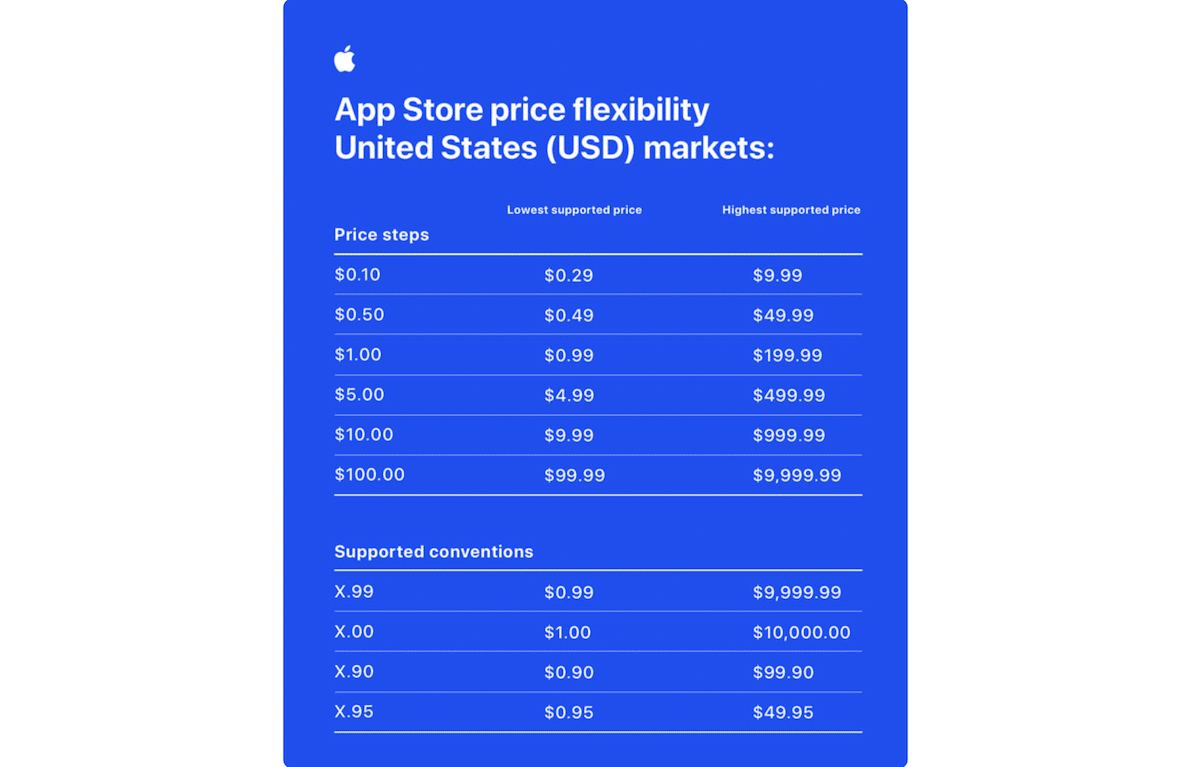Apple has introduced one of the biggest upgrades to App Store pricing for developers worldwide, the addition of 700 new price points and new flexibility to manage pricing, globally.
The change is part of Apple’s settlement with the U.S. developers in 2021. As per the agreement, the tech giant was going to increase price points, along with setting up a $100 million fund, reduce App Store in-app purchase commission to 15%, communicate alternative payment methods to users, and other changes.

App Store features 10x more price points than before, 900 price points
The new price points are available for apps offering auto-renewable subscriptions. With the addition of 700 new price points, developers can now select from 900 price points; 600 new price points to choose from, and request 100 higher price points.
To provide developers around the world with even more flexibility, price points — which will start as low as $0.29 and, upon request, go up to $10,000 — will offer an enhanced selection of price points, increasing incrementally across price ranges (for example, every $0.10 up to $10; every $0.50 between $10 and $50; etc.).

Furthermore, to manage currency and taxes across storefronts more easily, developers can choose a local storefront to automatically generate prices across other 174 storefronts and 44 currencies.
The new App Store price points changes will expand to all other apps and in-app purchases in the spring of 2023 for developers conveniently manage and control the price of their products in 45 currencies throughout 175 storefronts.
The tech giant hopes that the latest upgrade will offer developer more flexibility to price their products in a way that keep them approachable to millions of Apple users and help developers to thrive on the App Store.
For developers distributing their apps around the world, the App Store’s global equalization tools have given them a simple and convenient way to manage pricing across international markets.
Today’s enhancements expand upon these capabilities, allowing developers to keep their local currency constant in any storefront of their choice, even as foreign exchange and taxes fluctuate.